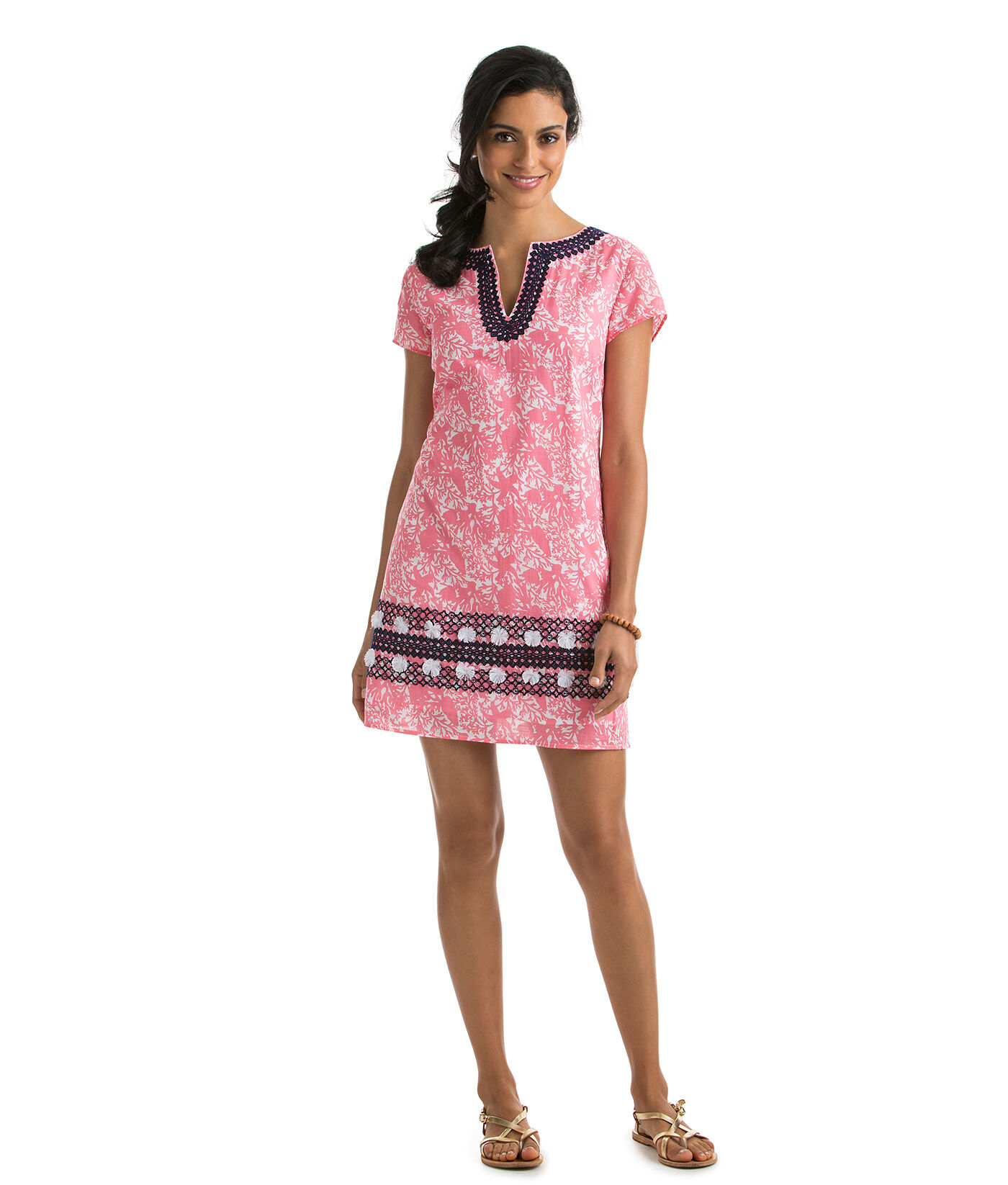Clothes Women: Her Dissertation Throwing Off ‘The Draggling Dresses’
Historically the dress reform movement was considered a failure as it did not result in any long time changes in fashion.
This suggests that despite dress reformers’ assertions that men were compelling women to dress a certain way, women themselves embraced fashion.
Meriva Carpenter’s bloomer costume also reflects this view. Besides, the fashionable hourglass shape is maintained and the embroidery is delicate and beautiful, the most radical element of the bloomer costume. Was embraced. While the idea of convenient clothing was appealing, a lot of women complained that, the bloomer costume was ugly. Now regarding the aforementioned fact… Wanted a garment that was also attractive and feminine. Saw the functional merits of shortening the skirt and adding trousers. For example, when I was invited to Peterboro for a fundraiser to support the Gerrit Smith Estate National Historic Landmark and the Smithfield Community Association an event that was all about women’s dress reform I jumped at the chance, in the fall of 2013.
 Most significantly for my research, an authentic bloomer costume from 1855, on loan from the Cortland County Historical Society, was also on display.
Most significantly for my research, an authentic bloomer costume from 1855, on loan from the Cortland County Historical Society, was also on display.
Called In the Kitchen Tea, the fundraiser featured tea and finger sandwiches, volunteers in recreated bloomer costumes, a brief history of dress reform, and songs about the bloomer.
It had a fascinating story, one warranting further research and careful contextualization. Lydia Sayer Hasbrouck, The Sibyl and Corresponding about Women’s Suffrage, could be published in NY History Journal. Her forthcoming article, ‘He May Sneer at the Course We are Pursuing to Gain Justice’. Usually, NY while Ping is an adjunct lecturer in the history department at Queens College in Flushing. Women and Dress Reform, 1820 1900, discusses the ways in which fashion and function intersected in the ’19th century’ American dress reform movement. Certainly, ping holds a master’s degree in history from Virginia Commonwealth University and a bachelor’s in history from the University of Iowa. Now please pay attention. Besides, a shortterm research fellowship at Winterthur Museum, Garden, and Library, the National Society of Colonial Dames in the State of NY Dissertation Fellowship, and a Writing Across the Curriculum fellowship with the City University of New York City while Ping is the recipient of the Thompn dissertation fellowship.
 While Throwing off ‘the Draggling Dresses’, her dissertation. City University of New York City since Ping is a doctoral candidate at the Graduate Center. Peterboro long appreciated for its significance to the history of the American ‘antislavery’ movement had an intriguing part to play in the antebellum women’s reform movement as well. After journalist Amelia Bloomer publically endorsed it, now this clothing should become popularly known as the bloomer costume. In 1851, Peterboro resident and abolitionist Elizabeth Smith Miller became frustrated with her long skirts while gardening. On p of this, my research centers on the 19thcentury American women’s dress reform movement and the cultural roles of fashion and antifashion. In my study, Peterboro, NYC, plays a significant role.
While Throwing off ‘the Draggling Dresses’, her dissertation. City University of New York City since Ping is a doctoral candidate at the Graduate Center. Peterboro long appreciated for its significance to the history of the American ‘antislavery’ movement had an intriguing part to play in the antebellum women’s reform movement as well. After journalist Amelia Bloomer publically endorsed it, now this clothing should become popularly known as the bloomer costume. In 1851, Peterboro resident and abolitionist Elizabeth Smith Miller became frustrated with her long skirts while gardening. On p of this, my research centers on the 19thcentury American women’s dress reform movement and the cultural roles of fashion and antifashion. In my study, Peterboro, NYC, plays a significant role.
 In accordance with them, for women’s rights reformers, the bloomer costume symbolized their protest against ideas of feminine inferiority that, were perpetuated by fashionable clothing.
In accordance with them, for women’s rights reformers, the bloomer costume symbolized their protest against ideas of feminine inferiority that, were perpetuated by fashionable clothing.
The bloomer costume should later be adopted as the uniform of the women’s dress reform movement.
In response, she began wearing a garment consisting of a shortened skirt and trousers. Provide few details about regular women’s adoption of dress reform, textual sources detail the experiences of reformers in wearing the bloomer costume. Whether as it appealed to her as an artist may never be known, or Carpenter owned a bloomer costume as she was sympathetic to women’s reform though the trousers and sleeves of the jacket show wear and tear and some sloppy repairs could’ve been popular on both pieces, it remains unclear whether we’re looking at from age or from wear. Now look, the question remains, the Carpenters possessed the financial means to have this type of a garment made. This is where it starts getting intriguing, right? Determining the dominant textiles used, how a garment was constructed, the presence just like how regular people interpreted social reform and if these movements played a role in their daily lives. Now let me ask you something. Meriva Carpenter actually wear her bloomer costume? What’s apparent is that someone cared enough to patch the garment and to carefully store it in a trunk for safe keeping. It’s a well-known fact that the original design recommended by Amelia Bloomer included harem pants. Consequently, though the bloomer costume was advertised as functional clothing, the detail work on this garment the elaborate silk applique and embroidery that adorned it implies that it was worn for show and not housework. On p of that, it was exciting for me to compare these conjectures to material evidence from the period. Bloomer trousers stood out as well. While others felt that adopting maleinspired trousers more bluntly asserted their gender equality, written accounts indicate that some women thought this design was more hygienic.
I found no indication that Carpenter sewed her own clothing, and the skill level necessary to create this elaborate garment suggests that she had it commissioned. Women in upstate NY commonly wore their trousers in the style of men. Grey skirt buttoned down the front and ended below the knees, approximately 6 inches from the ankle. Her husband a flawless miller and dyer, Meriva Carpenter was a painter of miniatures. Keep reading. Like men’s pants, the bloomer trousers are split leg and white with matching grey cloth sewn from knee to ankle and cut straight. Created out of blackish cotton with silk applique and embroidered leaves, the 1855 garment includes a grey jacket with long, turned cuff sleeves. Known around wn for being artistic, Carpenter’s bloomer costume reflected her reputation. While making the garment appear as one piece rather than two, the waistband of the skirt connected to the jacket by buttons.
Now look, a blouse was likely worn under the jacket.
I would also recommend looking at the blog, Two Nerdy History Girls for more costume, textiles, and interesting sidelights on material culture and history.
Textile and costume historians are doing this kind of analysis for many years, and the results of their work been published in a few places, including the journal of the Costume Society of America, the quarterly bulletin of the Association for Living History, Farm and Agricultural Museums as well as in the Proceedings of ALHFAM’s annual meetings, and the MESDA Journal. In 1994, the Cortland County Historical Society received a phone call from the Homer National Bank about a trunk that had been stored there for an unknown interval. Inside the trunk lay a bloomer costume gether with documents indicating that it had been owned by Meriva Carpenter, a resident of Homer. Piecing gether where the garment fits into the history of dress reform required that I combine genealogy with a material analysis of the item itself a close reading of the clothing, How the garment came to be in the bank’s possession is unknown.
 admin
admin 






